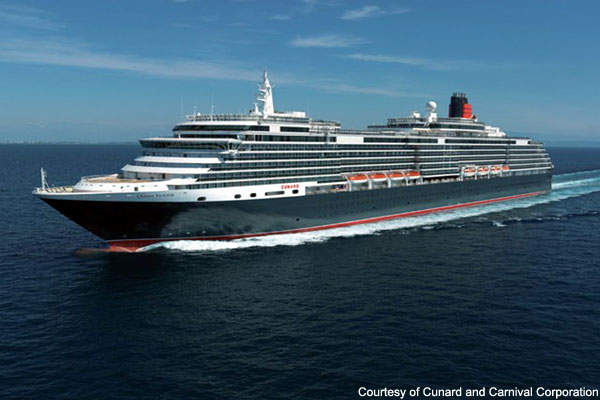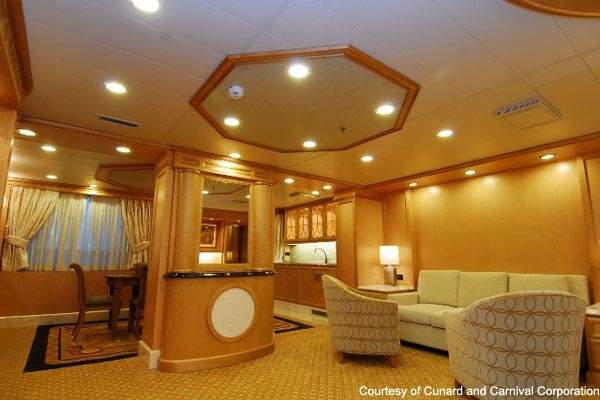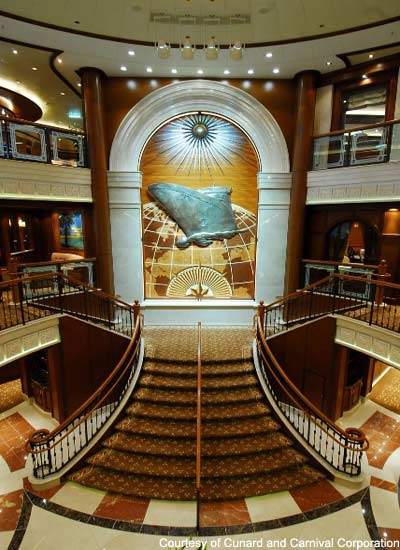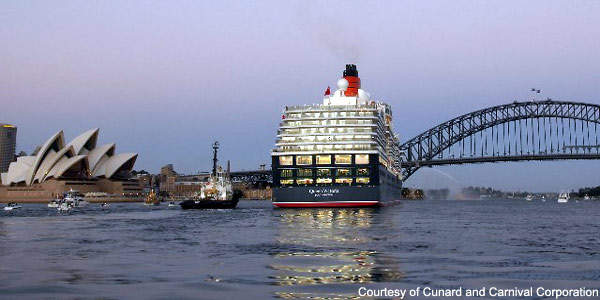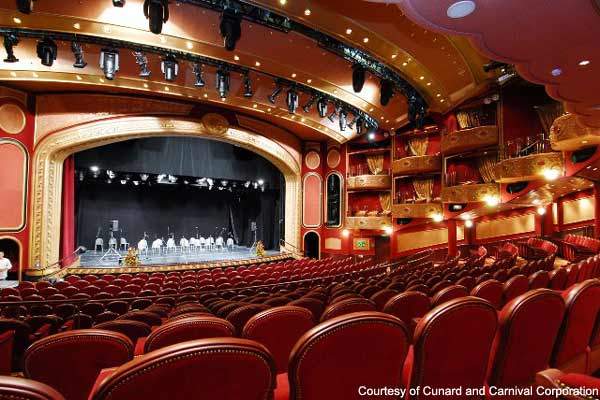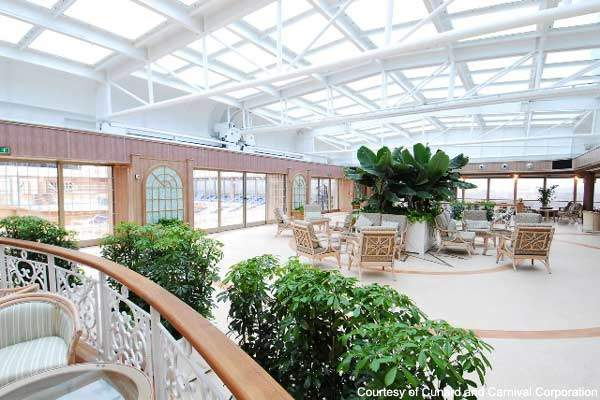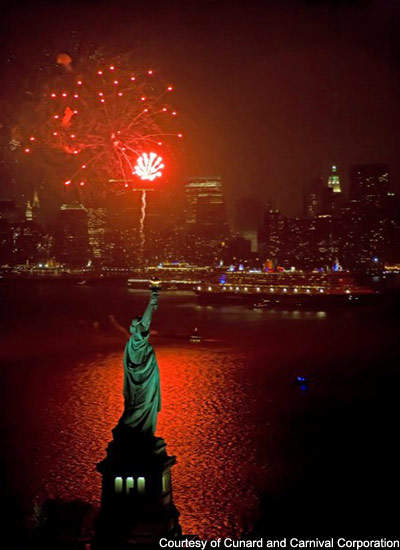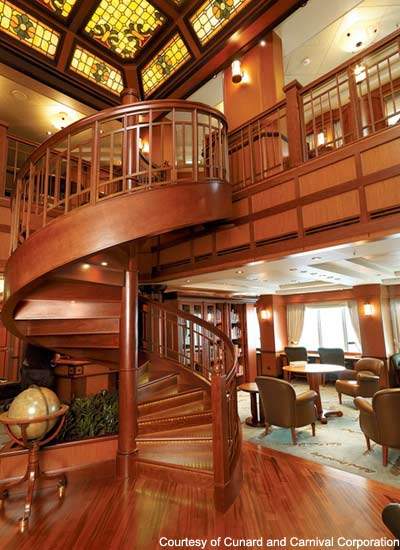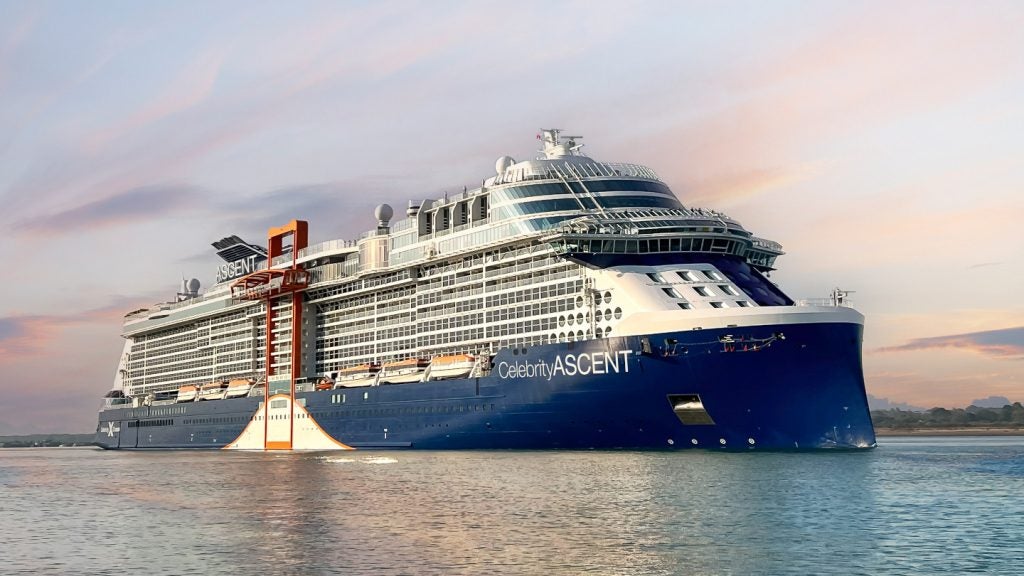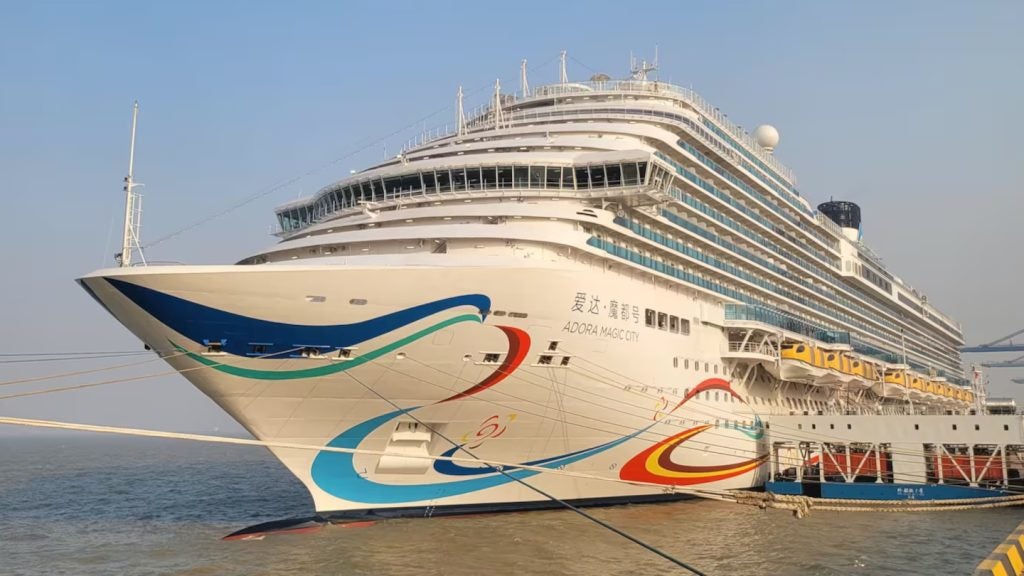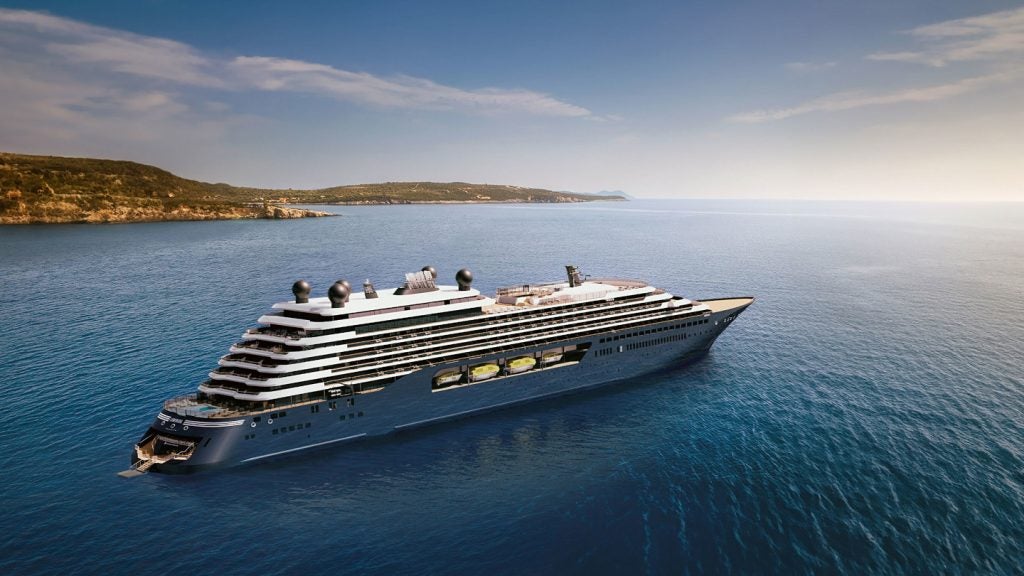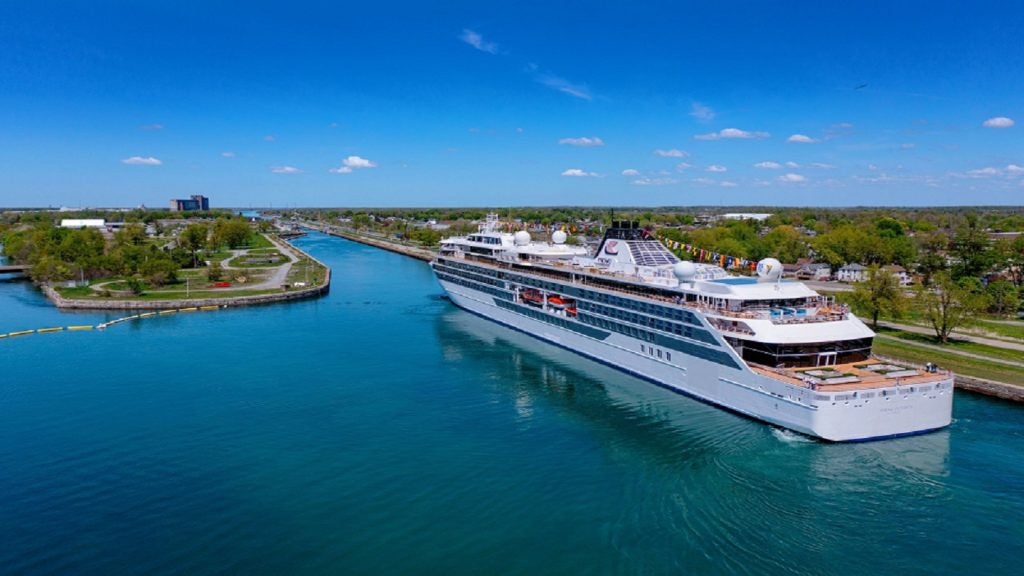The MS Queen Victoria is a UK-registered ship operated by Cunard. The vessel does not hold the designation of RMS as with other Cunard ships, signifying that they carry Royal mail. The MS Queen Victoria carries the tradition of naming larger ships after British Queens following the RMS Queen Elizabeth II and both RMS Queen Marys. She is the second largest Cunard ship ever built next to the Queen Mary II.
Floating out
The £270m MS Queen Victoria is a 90,000t cruise ship constructed by Fincantieri Maritimo in Maghera near Venice (the first Cunarder to have been built in Italy). Floating out of the hull and superstructure took place from dry dock in January 2007.
The vessel’s maiden voyage from Southampton (its home port) took place on 11 December 2007, taking in the Christmas markets of Northern Europe. Tickets for this voyage sold out within 24 hours in April 2006. This was followed by a short cruise to the Canary Islands, with the first world cruise taking 107 days.
The MS Queen Victoria made its first transatlantic crossing during the first part of the world cruise. The crossing to New York was made with the Queen Elizabeth II, culminating with the meeting of all three current Queen vessels.
Construction of Queen Victoria
The MS Queen Victoria is a hybrid design between the Vista-class of Holland America and the Spirit-class of Carnival. The ship has a passenger capacity of 2,014 with 1,001 crew and 1,007 cabins (creating a passenger to crew ratio of 2:1). Around 86% of staterooms are outside and 71% of staterooms have balconies. There is 10,000ft² of open deck space.
Keel and ceremony
The first section of the MS Queen Victoria’s keel was lifted into place in May 2006. Six blocks make up each of the 325t sections, each complete with interior structure, cabling and ducts in a modular fashion. Eighty of these sections have been used. The ship was floated out in January 2007. Maureen Ryan was chosen as the ship’s Godmother because she had served on all four Cunard Queen vessels.
The ceremony also saw a gold sovereign bearing the head of Queen Victoria along with a euro placed under the main mast (the radar mast). The finished ship was named by a member of the Royal Family, the Duchess of Cornwall, on 10 December 2008.
Technical specification
The ship is 294m long with a beam of 41m above the waterline and a width of 36.6m at the furthest extent of the bridge wings. The draft is 8m and the height is 62.5m from keel to funnel.
The power for the propulsion and the ships systems is provided by six diesel engines, which include four 16 cylinder engines and two 12 cylinder engines. The diesel engines were fabricated by Wartsila and are of the Sulzer ZA40 design. Each of the cylinders has a bore of 400mm with a piston stroke of 560mm.
The total combined power of all these engines gives the ship 63.4MW. The propulsion units are two podded (azimuthing) drive propulsors that were manufactured by ABB in Finland. Each AZIPOD is fitted with a fixed pitch propeller.
Each of the pods distributes a maximum power of 17.6MW. There are also three bow thrusters each with a maximum power of 2.2MW. The vessel is also equipped with a pair of folding fin stabilisers, each with an area of 20m². The ship is equipped with three high holding power anchors (around 11t each).
Vessel interior
The ship has 12 passenger decks, with the majority of its public rooms arranged along Deck 2 and Deck 3. The main access corridors are on the starboard side and the public rooms mostly along the port side. The ship has seven restaurants, thirteen bars, three swimming pools, four whirlpools, a ballroom, and a theatre.
Deck 1 accommodates the lowest level of the three-storey grand lobby and the 830-seat Royal Court theatre.
Deck 2 hosts the mid-level of the Royal Court theatre, the casino, the Golden Lion Pub, the Queen’s Room ballroom, Todd’s English à la carte restaurant, the Chart Room bar, and the lower level of the wood-panelled library.
Deck 3 features the upper level of the theatre, the Royal Arcade, the Midships Lounge, and the upper level of the library, as well as an exterior promenade.
Deck 9 contains the Cunard Royal Spa and Fitness Centre, the Winter Garden lounge (with retractable glass roof and a central fountain and a colonial conservatory style), the Lido Restaurant (450 seats), and two outdoor pools. Deck 10 has the Commodore Club observation lounge and Hemispheres night club.
Dining on-board
The Queen Victoria is supposed to be a classless ship but in practice the passengers are divided/segregated according to the restaurant they dine in, which is linked to the price of the cabin. The Britannia, with 900 seats, is the ‘standard’ for regular cabins, the Princess Grill with 130 seats is the ‘middle class’ for passengers occupying junior suites, and the Queen’s Grill with 120 seats is the ‘superior class’ for deluxe suite passengers.
The other public rooms are all used by passengers on an equal basis. The Queen’s Grill and Princess Grill have attached lounges and an open courtyard. There is also a Cunardia museum with a collection of company artefacts and a shop for Cunard enthusiasts.

